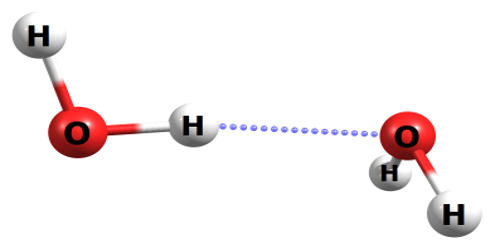It’s risky to slide around on slippery or snowy roadways. Sand and salt are useful for traction or melting ice, but using them excessively harms the ecosystem. Additionally, a sudden storm may develop before these materials are used.
In a recent study published in ACS Omega, researchers loaded microcapsules with a chloride-free salt mixture that is applied to asphalt before roads are laid, offering long-term snow melting capabilities in a practical test.
If roads aren’t cleaned up quickly enough, driving on snowy roads at or near freezing temperatures can lead to dangerous circumstances, generating practically invisible, slick black ice. But the most common ways to keep roads clear have significant downsides:
- Regular plowing requires costly equipment, is labor intensive and can damage pavement.
- Heavy salt or sand applications can harm the environment.
- Heated pavement technologies are prohibitively expensive to use on long roadways.
Researchers have recently added salt-storage devices to “anti-icing asphalt” to clear snow and stop the formation of black ice. However, these asphalt pavements only release snow-melting agents for a short period of time and use caustic chloride-based salts.
So, Yarong Peng, Quansheng Zhao, Xiaomeng Chu and colleagues wanted to develop a longer-term, chloride-free additive to effectively melt and remove snow cover on winter roads.
To create a fine powder, the researchers created a sodium acetate salt and mixed it with silicon dioxide, sodium bicarbonate, a surfactant, and blast furnace slag, a waste product from power plant operations. They then coated the particles in the powder with a polymer solution, forming tiny microcapsules.
The researchers then added the microcapsules to an asphalt mixture to replace some of the mineral filler.
In preliminary tests, a block of pavement created with the novel addition dropped water’s freezing point to –6 F. The researchers also predicted that a 5-cm-thick layer of the anti-icing asphalt will continue to function as intended for seven to eight years after installation.
In contrast to typical pavement, which needed additional snow removal efforts, anti-icing asphalt absorbed snow that had fallen on the road during a real-world pilot test on a highway off-ramp.
The researchers claim that the addition is a viable and cost-effective method for wintertime snow and ice removal because it employed waste products and could release salt throughout the majority of a road’s lifetime.
















